
It’s peanut-pickin’ time here in the southern U.S. There is nothin’ better than shellin’ and eatin’ just-roasted, fresh peanuts. However, a Southerner might argue about that as many seem to enjoy their peanuts boiled… which I think you might have to grow up eating boiled peanuts… or acquire a taste for them. Roasted or boiled, now is the time to enjoy the new harvest of goobers, as they are often fondly referred too. The word comes from nguba which is the African Bantu word for peanut. They are also referred to as groundnuts (since they grow underground) and pinders.
“Peas, peas, peas, peas, eatin’ goober peas… goodness how delicious…eatin’ goober peas!”
In my last blog post, I mentioned how peanuts are grown. /item/14338/on-the-road-autumn-in-arkansas
Peanuts (Arachis hypogaea) are a legume, belonging to the pulses like peas and beans; they are not really a nut (most grow on trees) as they grow underground in pods from a peg that is dropedd after flowering aboveground. If you drive through the southern states in farm land, you can see green fields of peanuts with their foliage starting to turn yellow. Some crops have been harvested already, if they were planted early; peanuts take anywhere from 130 to 150 days to maturity, depending on the variety and the climate. Some folks like to harvest and eat their peanuts green. However most peanuts are harvested and then left to dry for two to three weeks before storing, roasting or boiling.
How does one tell when peanuts are ready to harvest? Foliage turning yellow is a sure indication that it is time to dig. Otherwise, it is best to dig up a plant and check the maturity of the pods… if you don’t have a lot of plants, then you can use your hand or a tool like a horihori and dig down around a plant until you feel a peanut and pull it up to take a look. Start checking the crop every few days a few weeks before expected maturity. Mature peanuts should fill the shell, the papery skins should be pale pink, and often the veining in the shell will turn dark. If the pods are harvested too early, the peanuts will shrivel in their shells as they dry. Harvested too late, some of the peanuts will break off the stems easily and you will lose some.
It is best to harvest peanuts when the soil is friable, since hard dry soil or heavy wet soil will also cause the peanuts to break off the plant and you won’t be able to retrieve all of them. I use a garden fork to dig peanuts, however a shovel will do. Insert the fork at the perimeter of the plant facing the stem and gently lift the plant. Shake away the excess soil and the peanuts will be hanging from the bottom of the plant. Once dug, move the peanuts to a shaded area with good air circulation and spread them out to dry. Place the plants so that the peanuts are facing up and the greens are underneath. The peanuts should be allowed to dry in their shells for two to three weeks.
Once the peanuts are dried, there are a few ways to store them. Pull the pods from the plant; they can be frozen unshelled for a year or so or refrigerated for about three months. They can be shelled and refrigerated for a few months or blanched in boiling water and frozen for a year.
Recently, at the Herb Harvest Fall Festival, we ate fresh roasted peanuts and they were so good! Phyllis Williams roasted 50 pounds and we ate or sold all of them. I asked Phyllis how she does her peanuts and she said she roasted the fresh dried peanuts in their hulls, placing them on baking sheets and roasting in a 300-degree oven for about half an hour. She changed the trays around and shook them a few times during the roasting process. To see if they are done, taste a peanut and see if you are happy with the flavor. They should no longer taste “green” and you do not want them to get too brown or they will taste slightly burnt. Let the peanuts cool and then bag them–Phyllis stores her roasted peanuts in burlap sacks. They will keep for a couple of months at cool room temperature (if they last that long!).
In the South, folks often harvest peanuts before they are fully mature–wash them–and boil them unhulled in salted water. You can buy them at roadside stands in the southern states, when they are in season.
Peanuts are one of the world’s leading food crops as they are fairly easy to grow, cheaper to produce than many beans and grains, and they are a good source of protein. They have their place in kitchens around the globe featured in dishes from soups to desserts. The majority of peanuts cultivated in the U.S. are used in making peanut butter.
It is peanut season right now, so if you aren’t growing your own, see if you can purchase them from a local farmer or coop. They make a great snack. Better yet, try my recipe for Peanut and Sweet Potato Soup with Coconut Milk. I prepared this for my program at the Herb Harvest Fall Festival last week and it was a hit. It features seasonal vegetables, is easy to prepare and is great made a day ahead.


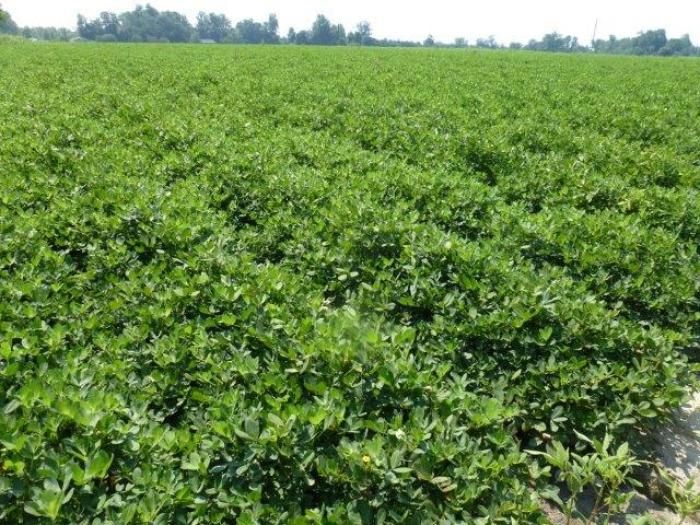
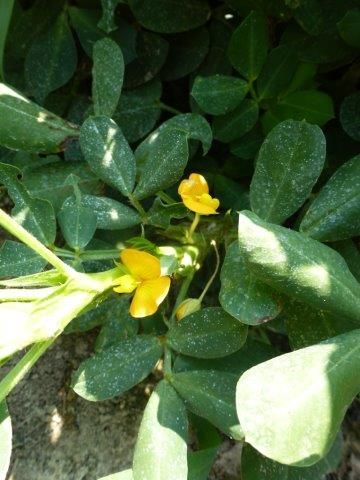
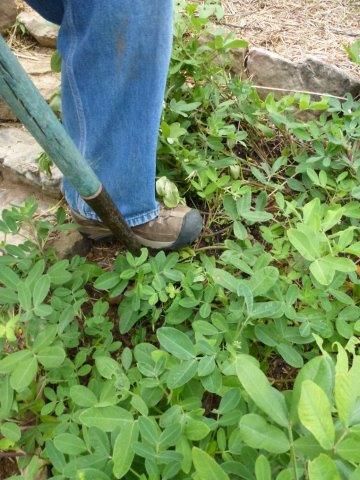
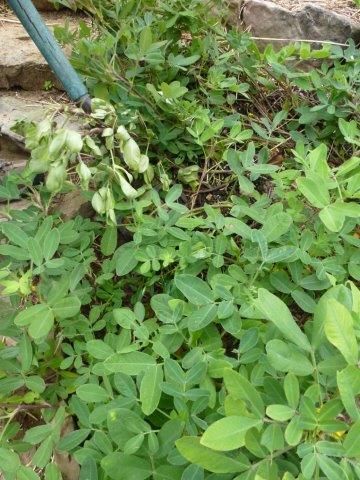
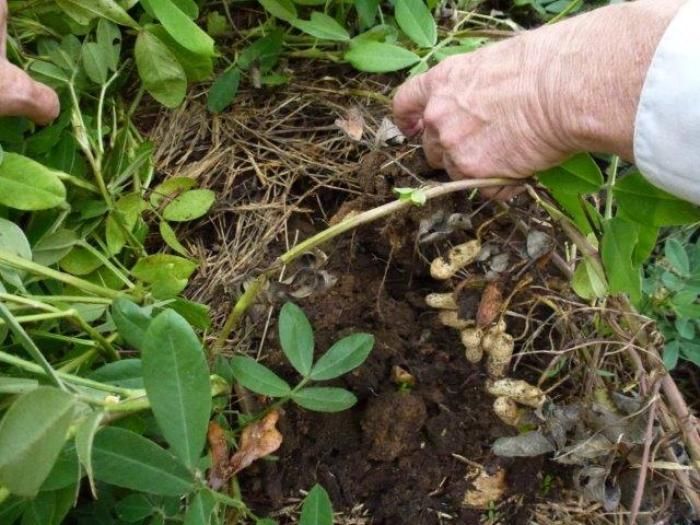
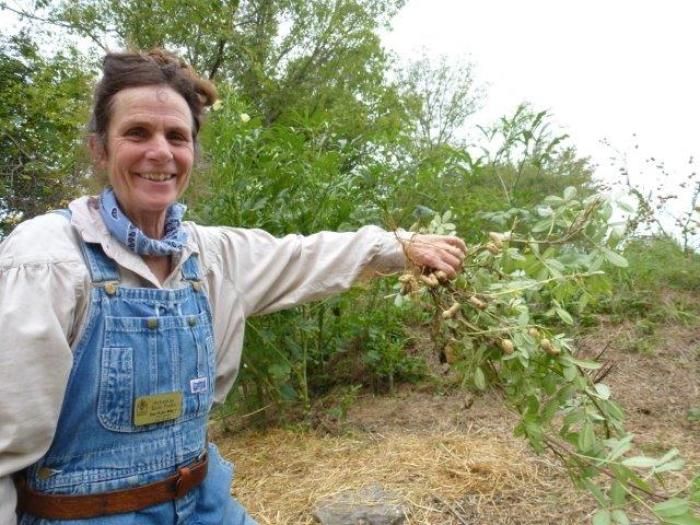

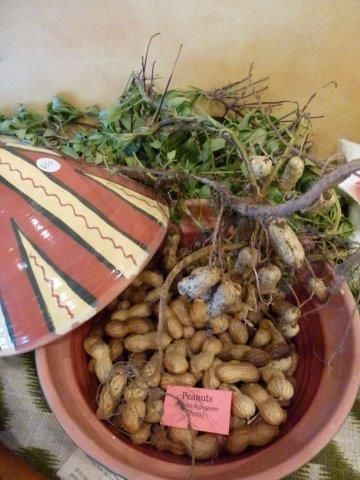
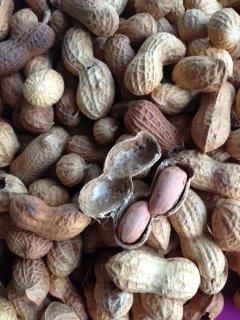
















Comments
Log in or create an account to post a comment.
Sign up Log in